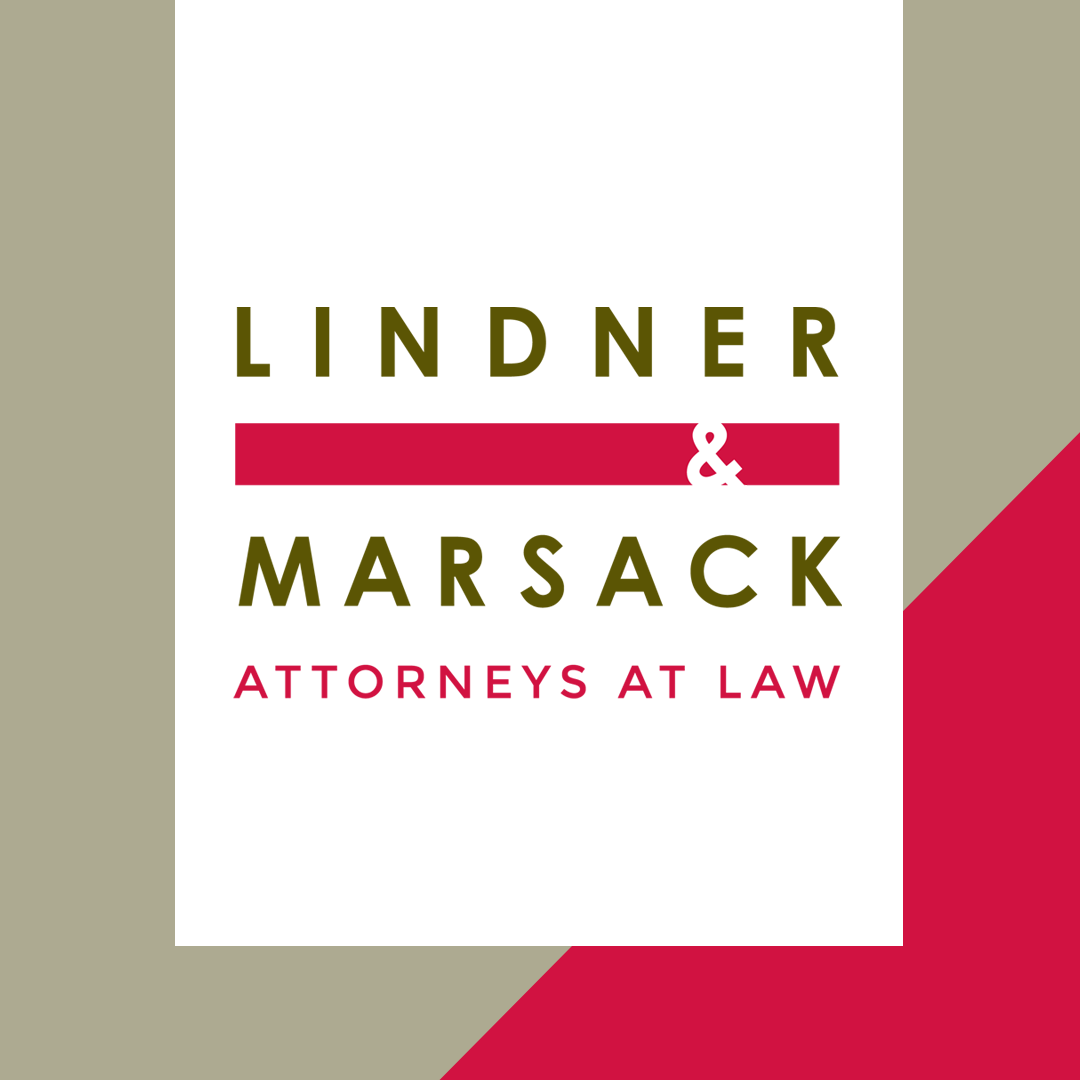By Daniel Finerty and Oyvind Wistrom On March 27, 2020, President Trump signed the “Coronavirus Aid, Relief, and Economic Security Act,” or the CARES Act (“Act”), the most dramatic financial legislation yet in response to the COVID-19 pandemic. In total, the Act provides $2 trillion in financial assistance, a portion of which is allocated to […]

